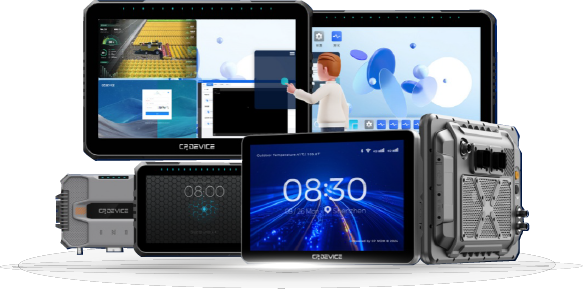The final installment of the "Deconstructing MEGA1" series brings you the [All-Mode Communication] designed specifically for special industries (like smart mines). These numerous practical communication modes provide comprehensive, multi-dimensional pathways for various operational needs, destined to become a crucial part of ultimately achieving intelligent transformation for traditional operations.
You won't want to miss this episode.

WiFi 6 is the sixth-generation WiFi technical standard, technically named 802.11ax. Compared to previous generations, it not only significantly improves speed but also achieves a qualitative leap in capacity, energy efficiency, and dense connection performance. "Ultra-long distance" and "ultra-high speed" refer to expanding the product's connectivity range and enhancing data transmission rates through special high-gain antennas and the new technologies inherent to WiFi 6 itself.
Multiple devices, including the onboard intelligent tablet, can share the same set of assumed wireless router infrastructure, greatly enhancing communication possibilities between various devices across multiple scenarios, such as internal multi-device interconnection within the mining area, and communication with the command center and office areas.
Simultaneously, the "ultra-long distance" and "ultra-high speed" onboard intelligent tablet, adapted for outdoor operations, significantly reduces the density required for deploying wireless routers. This allows the relatively inexpensive wireless router infrastructure to directly replace expensive 5G infrastructure in many cases, saving substantial capital costs for mine area infrastructure construction.
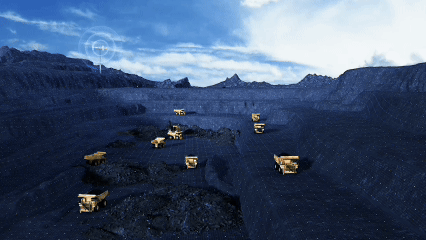
5G is the fifth-generation mobile communication technology. Its core advantages lie in three major scenarios: Enhanced Mobile Broadband, Ultra-Reliable Low-Latency Communication, and Massive Machine-Type Communication. 5G features high bandwidth, low latency, and massive connectivity, making it very suitable for industrial Internet of Things applications.
The low latency and high reliability of 5G are key for unmanned driving, ensuring real-time communication between vehicles and the control center, and between vehicles themselves, enabling precise stopping, obstacle avoidance, and platooning.
Via the 5G network, operators can remotely control equipment like excavators and electric shovels thousands of miles away in real-time from a comfortable remote control center. The latency for video transmission and control commands is extremely low, providing an operation experience nearly identical to being on-site.

V2V is a type of "Vehicle-to-Everything" technology, specifically referring to communication between vehicles. It does not rely on cellular networks; vehicles directly exchange their status information (such as speed, position, brake status, direction, etc.) using dedicated short-range communication technology.
On curves or slopes with poor visibility, unmanned mining trucks share their positions and intentions in real-time via V2V, providing early warnings to avoid collisions.
A following vehicle can receive information like the speed and load of the vehicle ahead, automatically adjusting its own speed to maintain a safe and efficient distance, forming a "platoon" operation. This reduces sudden braking and congestion, enhancing overall transport efficiency.

Handheld mic communication typically refers to intercom systems based on Professional Mobile Radio or trunking communication technology. It uses specific frequency bands, supporting one-to-one and one-to-many half-duplex voice communication. Characteristics include Push-to-Talk, fast connection, flexible networking, and high reliability in complex environments.
This is the most basic communication method in mines. Dispatchers can issue commands to multiple work teams via handheld mics, and field personnel can report production status and emergencies at any time.
In scenarios requiring close coordination, such as equipment maintenance, blasting operations, and vehicle guidance, construction personnel can also use handheld mics for real-time voice communication to ensure operational safety.
In underground mines or areas with weak signal coverage, handheld mic communication is an indispensable backup communication method.

This refers to wired local area network technology based on the IEEE 802.3 standard, transmitting data via twisted pair or fiber optics. Gigabit and Fast Ethernet refer to their theoretical maximum speeds. It features mature technology, low cost, stability, and reliability. Its high-speed, reliable, high-bandwidth wired data channel can complement and backup the tablet's wireless communication (5G and Wi-Fi).
MEGA1 itself can act as an onboard communication gateway. The tablet collects operational data from all key vehicle components (engine, transmission, hydraulic system, etc.) via the CAN Bus interface, then uses the stable Ethernet connection to send this data to the cloud predictive maintenance platform in real-time, uninterrupted, for analysis and alerts.
Traditional Ethernet is key infrastructure for realizing the mine's strategy of "collecting all collectable data, transmitting all transmittable data," ensuring that massive amounts of operational data can flow back to the data center cost-effectively and efficiently, laying the foundation for subsequent data analysis and intelligent decision-making.
This is an Ethernet technology specifically designed for vehicle environments. It is based on a single twisted pair, meeting the stringent automotive requirements for bandwidth, weight, cost, and electromagnetic compatibility. It is the future "nerve center" of intelligent vehicles.
Inside new unmanned mining trucks or intelligent engineering machinery, it is used to connect multiple high-definition cameras, LiDAR, control units, and computing platforms. The traditional CAN bus cannot handle such huge data volumes, while Automotive Ethernet can handle it easily.
Transmitting multiple types of data through a single cable can significantly reduce the complex wiring harnesses inside the vehicle, improving reliability and reducing weight and cost.
CAN is the abbreviation for "Controller Area Network," a serial communication protocol widely used in automotive and industrial fields. Its characteristics include a multi-master structure, high noise immunity, and reliable error detection mechanisms, making it suitable for transmitting short control commands and status information.
Almost all modern mining trucks, engineering machinery, and agricultural machinery use CAN bus internally. Engine control units, transmissions, brake systems, instrument clusters, and other electronic control units are interconnected via the CAN bus, sharing data.
By reading the CAN bus data from equipment like operational machinery, key operating parameters such as engine speed, oil temperature, hydraulic pressure, and operating hours can be obtained in real-time for fleet management and predictive maintenance.
A very classic and still widely used point-to-point serial communication standard.
In small control systems or for retrofitting old equipment, our customers often use serial ports to connect Programmable Logic Controllers to our onboard intelligent tablets.
Simultaneously, technicians can conveniently use a laptop's USB-to-serial cable to connect to the device's debugging port for parameter setting and fault diagnosis.
In smart mines, the communication technologies integrated into MEGA1 collectively form a multi-dimensional, barrier-crossing communication network:
This network ensures reliable, real-time data transmission from field sensors to the central cloud platform, and from fixed equipment to mobile assets. It is the "digital lifeline" for realizing mine automation, intelligence, and safety.


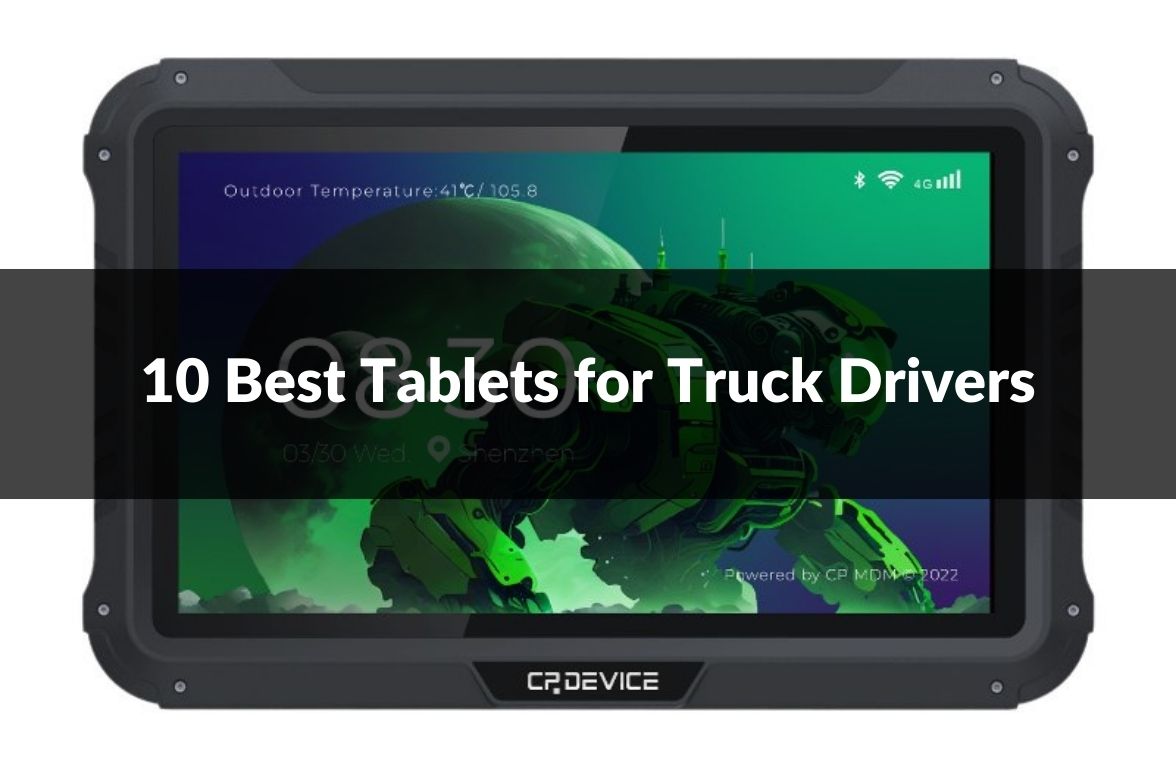
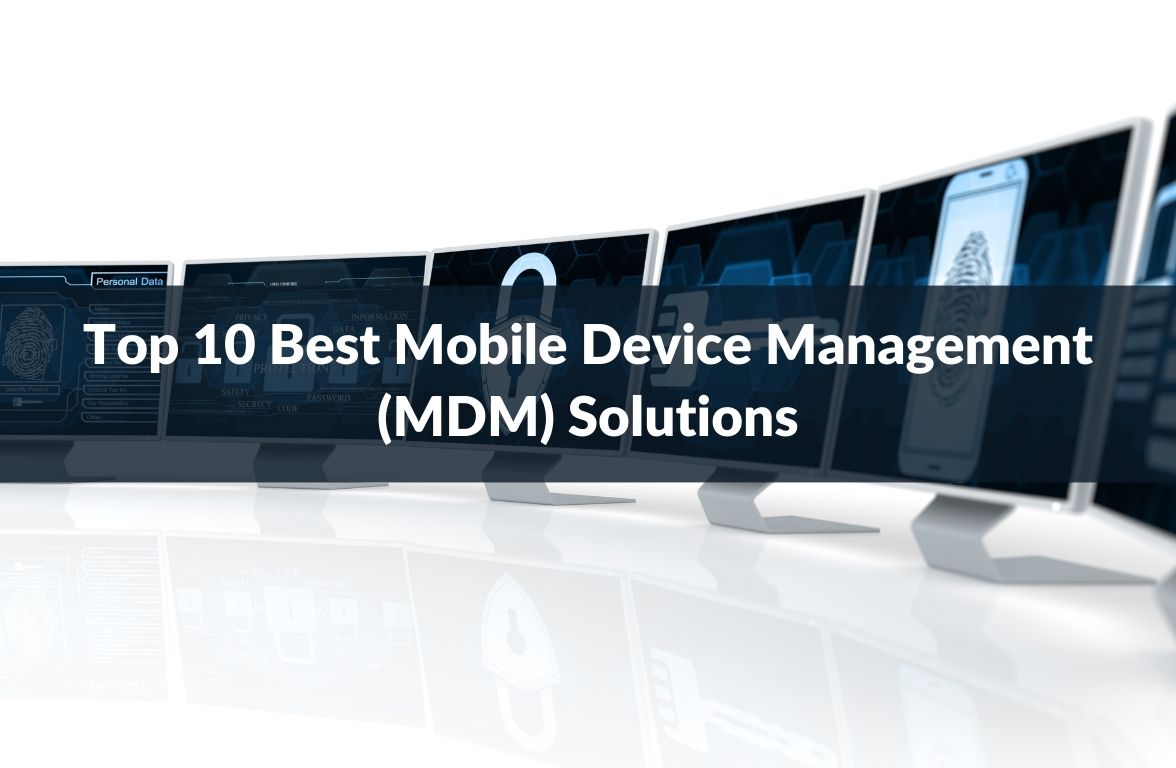
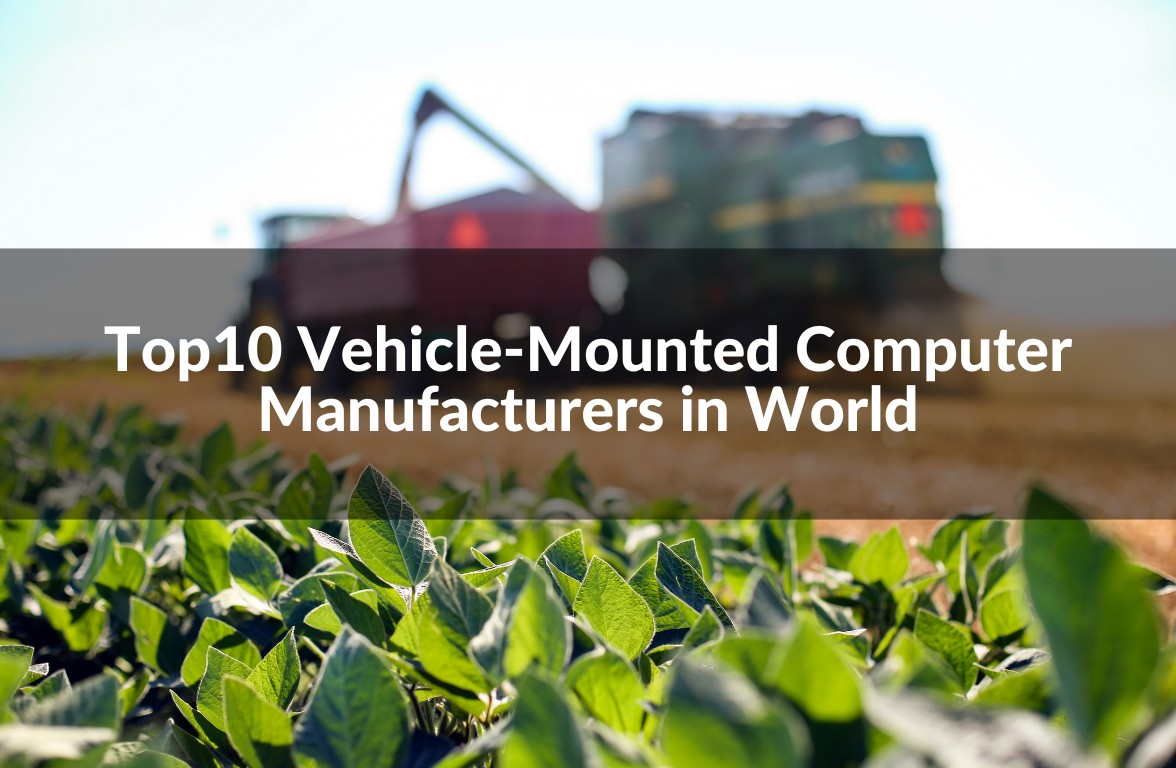


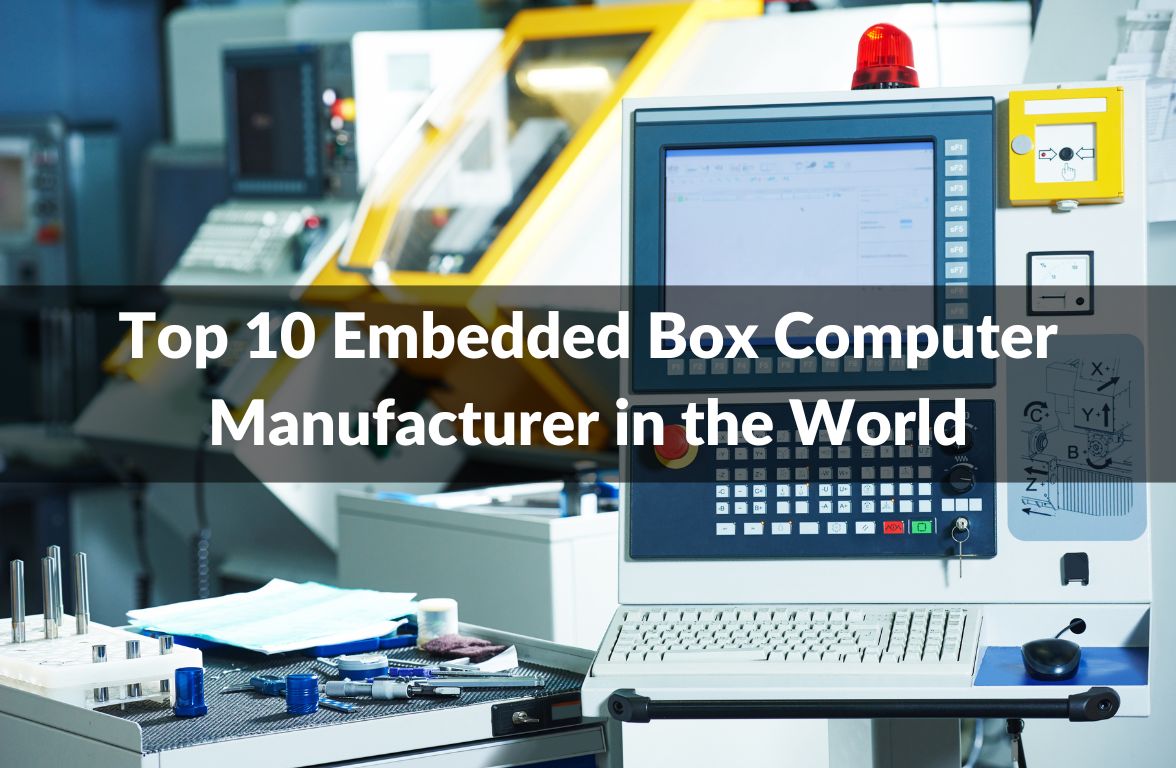


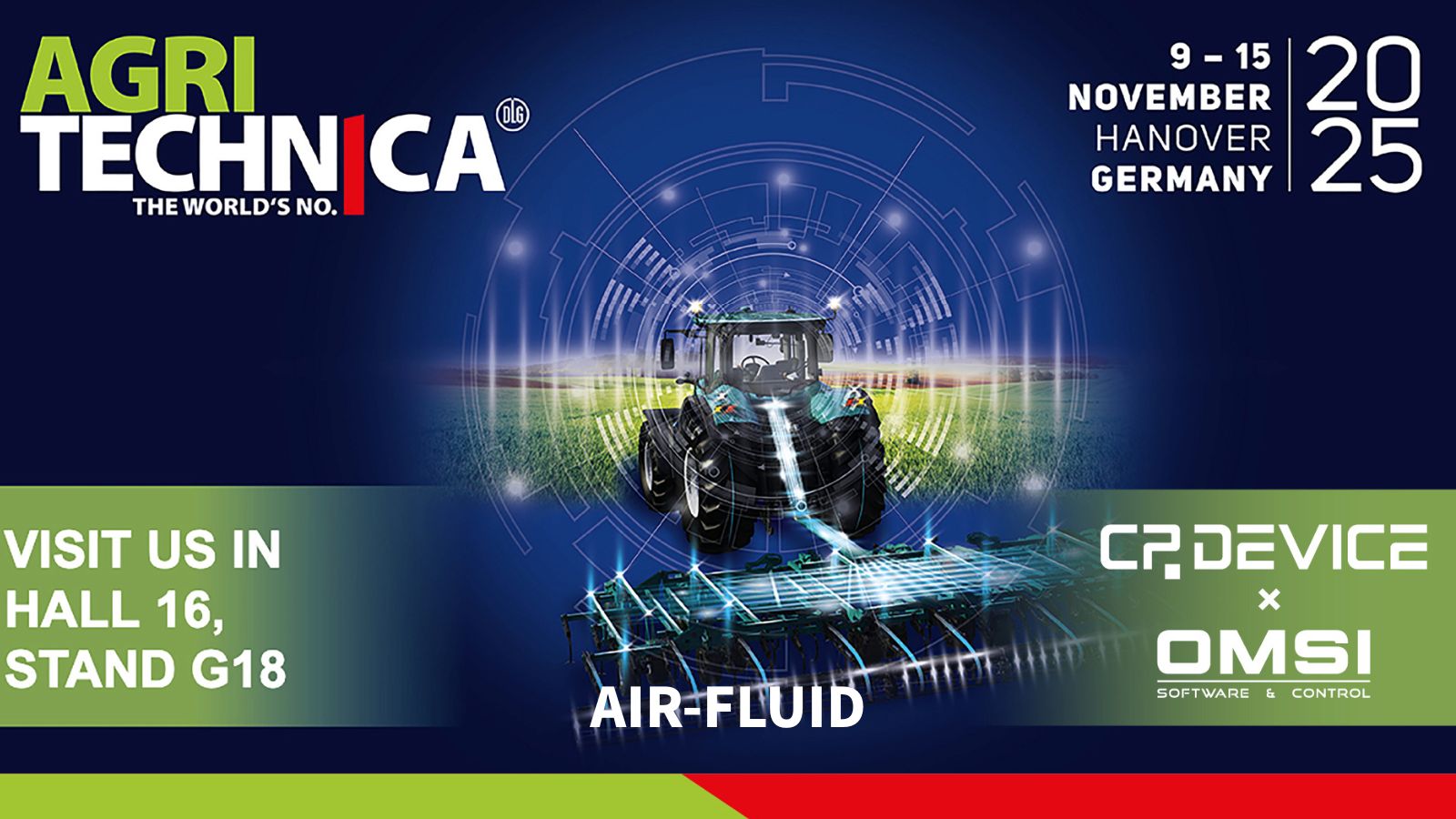
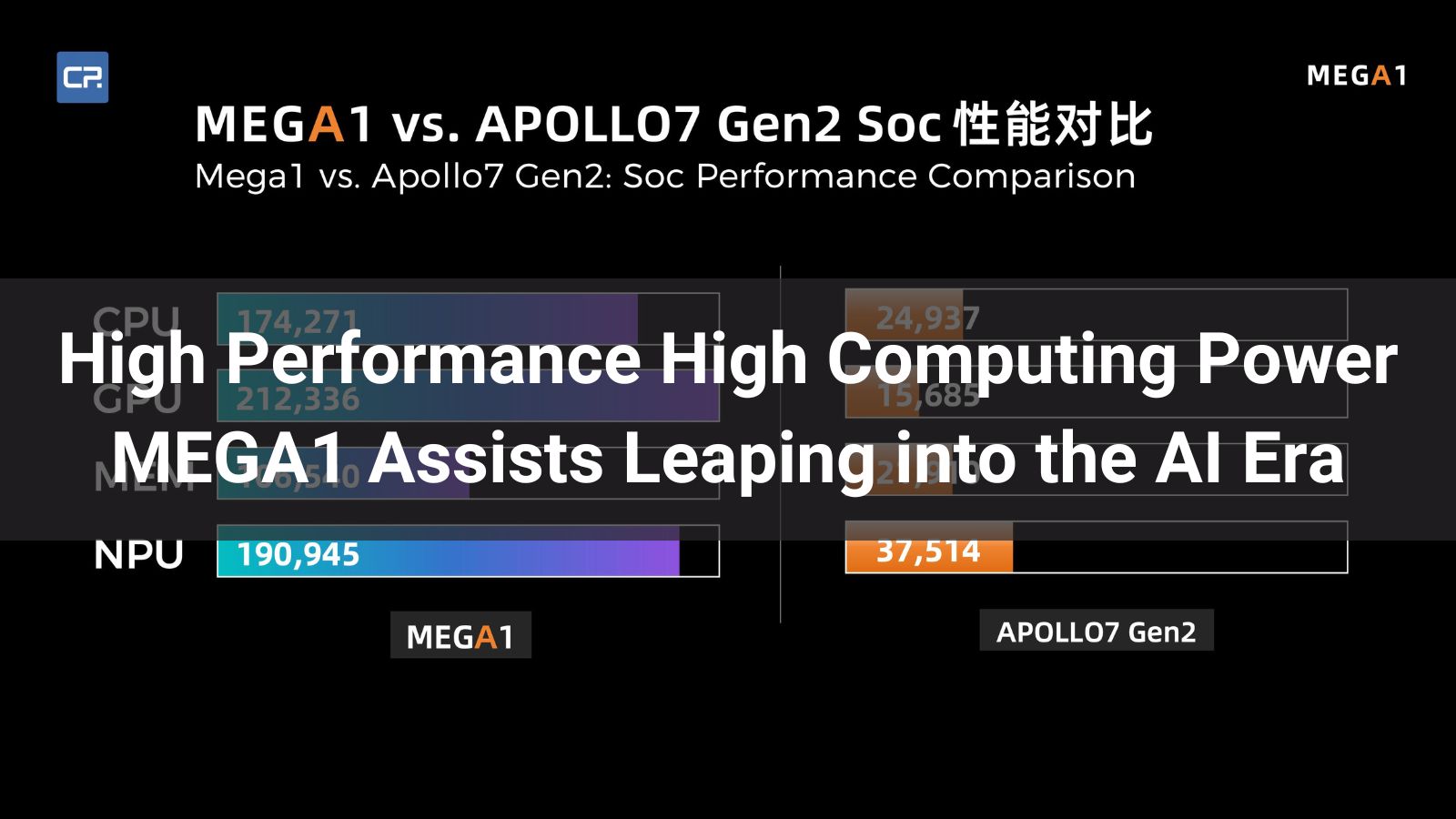




*We respect your confidentiality and all information are protected.

Whether you are looking for a rugged device that can handle extreme cold or heat, a compact device that can fit in tight spaces, or a versatile device that can support multiple applications and accessories, you will find the right solution among these top 10 vehicle mounted computer manufacturers.

These numerous practical communication modes provide comprehensive, multi-dimensional pathways for various operational needs, destined to become a crucial part of ultimately achieving intelligent transformation for traditional operations.

This article dives deep into Automotive Ethernet, exploring its origins, technical prowess, and real-world applications. We'll also spotlight how platforms like CPDEVICE are democratizing access to this technology, empowering developers and businesses to harness its potential.
